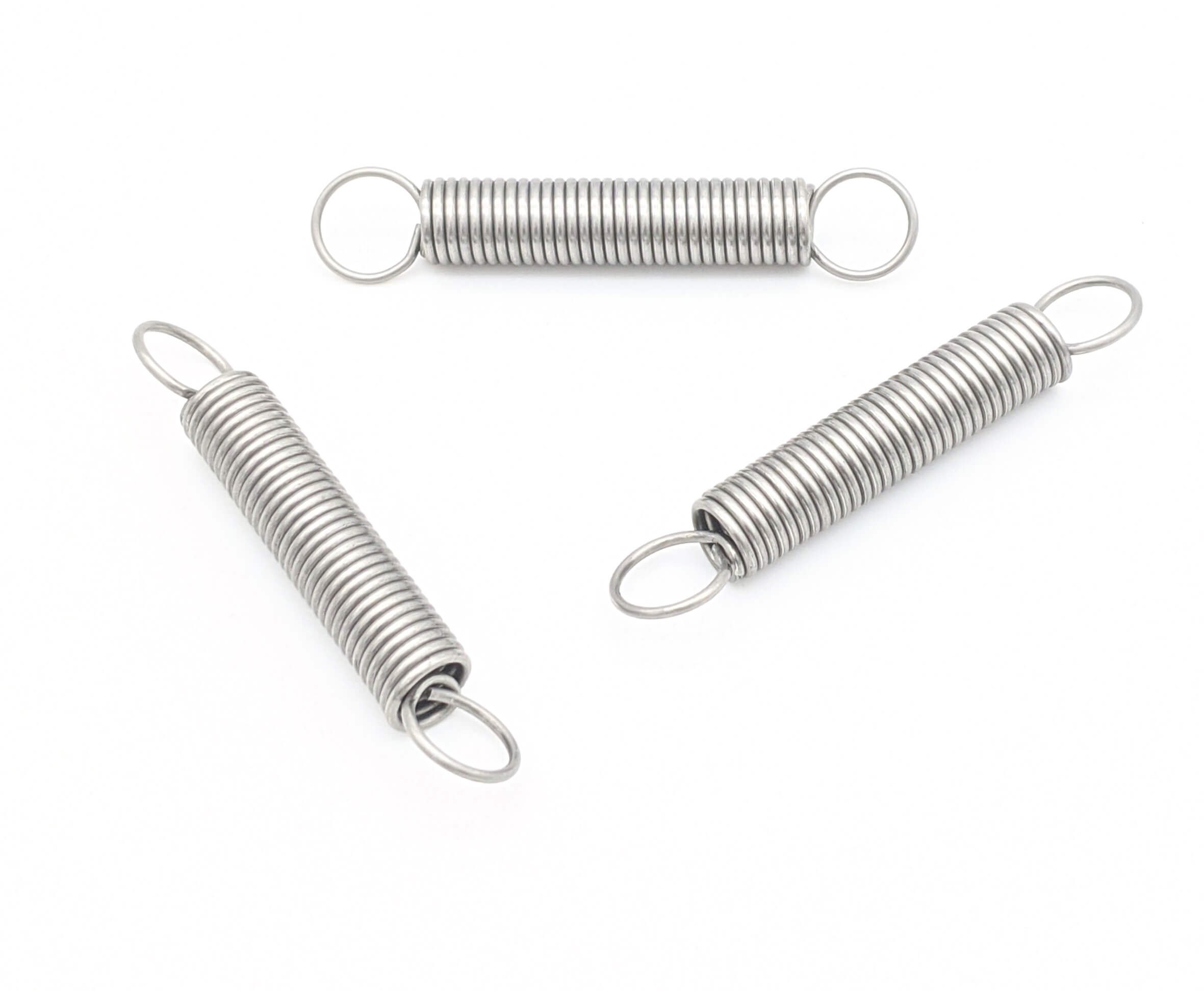Get unique, complex parts easily. No matter your requirements, Chaoyi Spring creates hard-to-produce coil springs and wire forms.
Let us help you create the custom wire form you need, from S-hooks and J-hooks to utility hooks and more.
We work closely with customers across a wide range of industries, helping them design and manufacture made-to-order parts.
Why choose Chaoyi Spring? We prioritize customer-focused collaboration, modern equipment and the latest technology to make your parts per print.
Find the information and guidance you need, from measuring a spring to learning about materials, placing an order and much more.
Working with coil springs can be a challenging task, especially when dealing with heavy-duty springs. These springs store immense energy, which can be released with significant force if not handled


Working with coil springs can be a challenging task, especially when dealing with heavy-duty springs. These springs store immense energy, which can be released with significant force if not handled carefully. A coil spring compressing tool is an essential piece of equipment that allows you to safely compress springs, making them easier to work with in various applications.

A coil spring compressing tool is a specialized device designed to compress coil springs while minimizing the risk of injury or damage. It works by applying controlled force to the spring, holding it in a compressed state until the desired task is completed. This tool is indispensable for professionals and DIY enthusiasts involved in various industries, including automotive, manufacturing, and construction.
There are several types of coil spring compressing tools available, each with its own advantages and limitations. Here's a breakdown of the most common types:
The C-clamp style is a simple and versatile tool for compressing smaller coil springs. It uses a C-shaped clamp to apply pressure to the spring. This type is often found in home workshops and is suitable for light-duty applications.
The two-arm style offers more stability and control than the C-clamp. This tool features two arms that are adjustable to fit different spring diameters. They often have a locking mechanism to hold the spring in place during compression.
Hydraulic compression tools provide the most power and control. They use a hydraulic system to apply pressure to the spring, enabling the compression of even the most heavy-duty springs. This type is frequently used in professional settings where safety and precision are paramount.
Pneumatic compression tools operate using compressed air. These tools offer speed and convenience, and they are commonly found in automotive repair shops and manufacturing facilities.
Selecting the appropriate compression tool depends on several factors, including:
Consider the spring's diameter, length, and the amount of force required to compress it. For smaller springs, a C-clamp or two-arm style might suffice. For larger springs, a hydraulic or pneumatic tool may be necessary.
If you're working on an automotive suspension, a two-arm style with adjustable arms might be ideal. For heavier-duty industrial applications, a hydraulic or pneumatic tool might be the best choice.
Always prioritize safety when working with spring compression tools. Choose a tool that is rated for the spring you are compressing and use appropriate safety precautions.
Compressing springs is a potentially hazardous operation, and safety must be taken seriously. Here are some critical safety precautions to follow:
Always wear safety glasses, gloves, and sturdy footwear to protect yourself from potential injuries.
Work in a clean and well-lit area free from obstructions. Ensure there is enough space to move around safely.
Using a tool beyond its capacity can lead to tool failure and potential injury. Always check the tool's specifications to ensure it's suitable for the spring you are compressing.
A compressed spring stores significant energy, and it can suddenly release if the compressing tool fails. Never leave a spring compressed without someone present to monitor it.
Using a compression tool offers several advantages:
By securely holding the spring during compression, these tools significantly reduce the risk of injury. They prevent the spring from unexpectedly releasing and causing damage.
These tools allow for faster and more controlled compression, streamlining the overall task. This reduces the time required to work with springs.
Compression tools provide precise control over the compression process, ensuring consistent results and minimizing the risk of over-compressing the spring.
Here are some tips for using coil spring compression tools effectively:
Begin compressing the spring gradually to avoid sudden movements and ensure proper alignment.
Apply a steady and controlled pressure to avoid jarring the spring or causing uneven compression.
When finished, slowly release the pressure to avoid sudden spring release and potential damage.
After compressing and releasing the spring, inspect it for any signs of damage or wear. A damaged spring should be replaced.
A coil spring compressing tool is an essential tool for anyone working with springs. By providing safe and efficient compression, it helps prevent injuries and ensures the proper handling of these powerful components. When choosing a tool, prioritize safety and select the right type for your specific application. By following the safety precautions and tips outlined above, you can safely and effectively compress coil springs for any task at hand.
Investing in a quality coil spring compressing tool is an investment in both safety and efficiency. Remember, always prioritize safety and proper handling when working with springs. This guide will help you choose the right tool, use it safely, and ensure a successful outcome for your spring compression projects.
Browse some of the custom wire forms and springs that we manufacture. Don’t see what you need? We specialize in made-to-order products that meet your application requirements.
Visit Our GalleryNeed a custom wire form or coil spring? We make it work. Fill out the contact form and a representative will respond within 1 business day. If you have a PDF or CAD file, you can submit to request a quote.